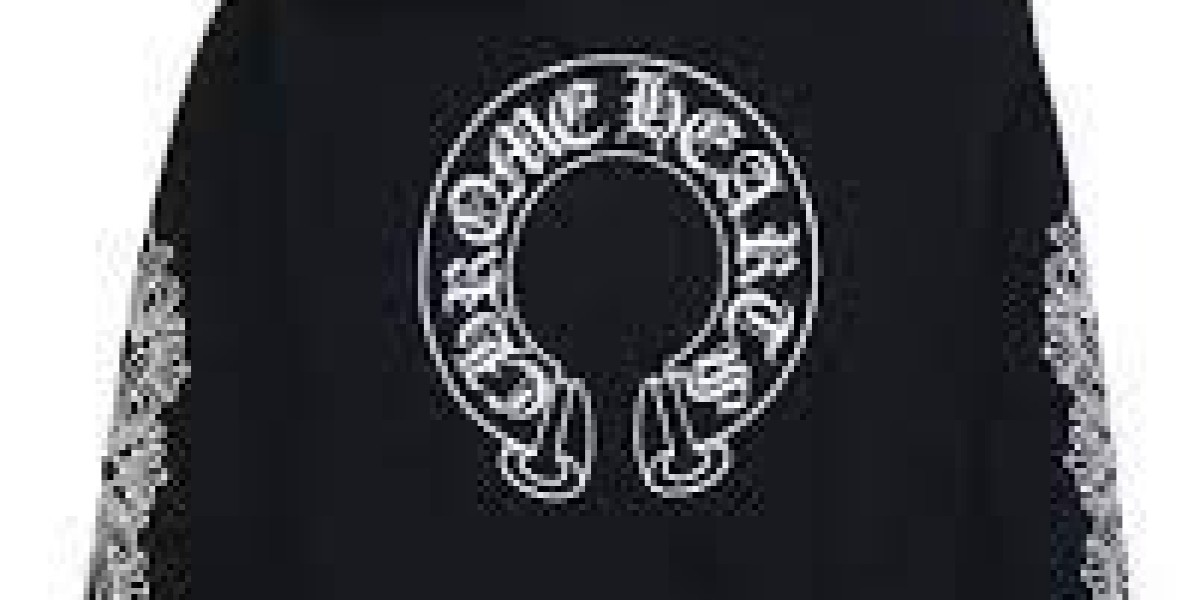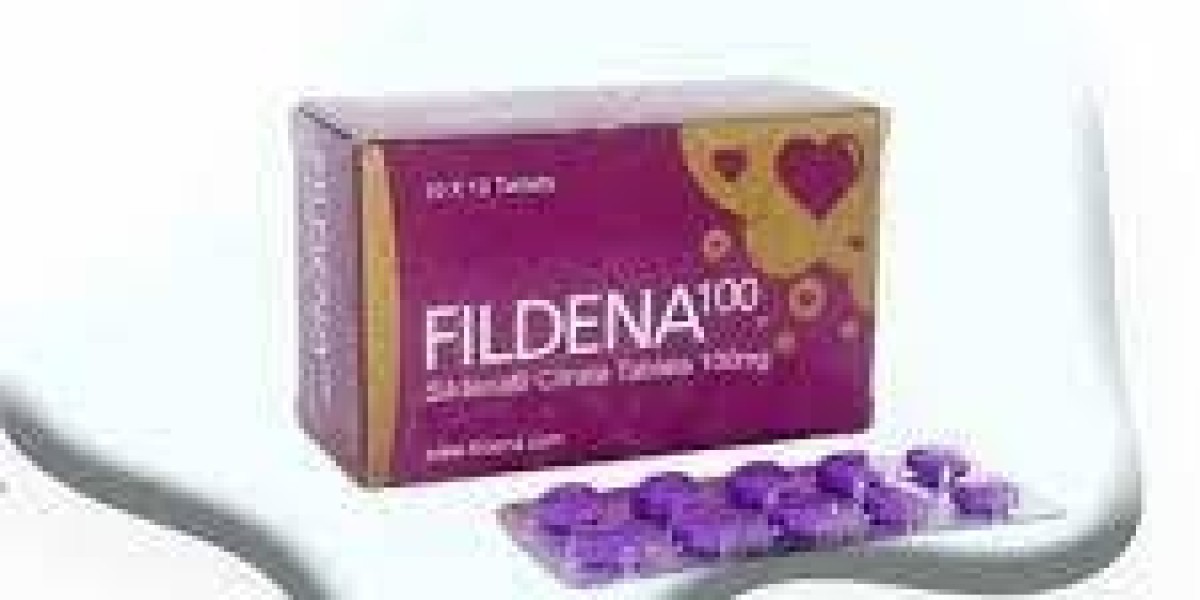As demand for high-speed internet, streaming services, and digital communications grows exponentially, network infrastructure must evolve to keep up. Hybrid Fibre Coaxial (HFC) Market Growth networks have emerged as a powerful, scalable, and cost-effective solution that bridges the gap between traditional cable systems and full fiber-optic deployments. Leveraging a mix of fiber optics and coaxial cables, HFC networks are the foundation for delivering high-bandwidth services to homes and businesses across the globe.
What Is Hybrid Fibre Coaxial (HFC)?
Hybrid Fibre Coaxial (HFC) is a broadband network architecture that combines fiber-optic cables for long-distance, high-capacity data transmission with coaxial cables for the last-mile delivery to end-users. This hybrid approach was originally developed by cable TV operators but has since been adapted to support high-speed internet, VoIP, and video-on-demand services.
HFC networks are widely deployed in residential and commercial areas due to their cost-efficiency, high reliability, and upgrade potential.
HFC Network Architecture
An HFC network typically includes:
Headend: The central hub where content (TV signals, internet data, voice) originates. This is also where internet backbone connections and content servers are located.
Fiber Trunk Lines: Transmit signals from the headend to local fiber nodes using optical fiber.
Fiber Nodes: Convert optical signals to electrical signals for transmission over coaxial cable. Each node serves multiple subscribers.
Coaxial Distribution: From the node, coaxial cables deliver data to individual homes and businesses.
Customer Premises Equipment (CPE): Devices such as cable modems or set-top boxes at the user’s location.
Key Features and Benefits of HFC Networks
1. High Bandwidth Capability
HFC networks can support gigabit speeds using DOCSIS (Data Over Cable Service Interface Specification) standards.
New versions like DOCSIS 3.1 and DOCSIS 4.0 dramatically increase upstream and downstream capacities.
2. Scalability
Fiber portions of the network can be easily upgraded to meet future demands without replacing the entire infrastructure.
Node splitting allows operators to add capacity in localized areas.
3. Cost-Effectiveness
Reuses existing coaxial infrastructure while upgrading backhaul with fiber.
Lower CapEx compared to FTTH (Fiber to the Home) for wide-scale deployments.
4. Reliability
Mature technology with decades of proven performance.
Easily monitored and maintained with existing network management tools.
5. Versatility
Supports TV, internet, and voice over a single infrastructure.
Ready for multi-gigabit broadband and IP-based services.
Applications of HFC Networks
Residential Broadband Access: Delivers high-speed internet, cable TV, and VoIP services.
Business Connectivity: Offers reliable broadband to SMEs and enterprise branches.
Smart City Infrastructure: Enables connectivity for cameras, kiosks, and public Wi-Fi.
Telehealth and Remote Education: Ensures consistent bandwidth in suburban and rural communities.
HFC vs Other Access Technologies
| Feature | HFC | FTTH | DSL |
|---|---|---|---|
| Speed | High (up to 10 Gbps with DOCSIS 4.0) | Very High (future-proof) | Moderate |
| Cost to Deploy | Medium | High | Low (limited by copper) |
| Latency | Low to Medium | Very Low | Medium |
| Scalability | High | Very High | Low |
| Infrastructure Type | Fiber + Coaxial | All Fiber | Copper |
Market Growth Trends and Future Outlook
Adoption of DOCSIS 4.0
Enhances upstream and downstream capacity, paving the way for 10 Gbps symmetrical speeds.
Node Densification
Increasing node count improves bandwidth per user by reducing shared capacity zones.
Virtualization and Software-Defined Networking (SDN)
Operators are moving toward virtualized CMTS (Cable Modem Termination Systems) to improve scalability and network efficiency.
Migration to Fiber-Deeper Architectures
Transitioning to fiber-to-the-premises in select areas, while maintaining coaxial where practical.
Support for 5G Backhaul
HFC infrastructure can assist in fiber-based backhaul for 5G small cells, especially in dense urban zones.
Leading Companies in the HFC Ecosystem
Comcast
Charter Communications
Vodafone
Cox Communications
ARRIS (now part of CommScope)
Cisco Systems
Technetix
Casa Systems
Harmonic Inc.
These providers and equipment vendors are continuously evolving the HFC architecture to meet the demands of next-generation broadband and media services.
Challenges and Considerations
Shared Bandwidth: In dense areas, performance may degrade during peak usage unless nodes are split or upgraded.
Maintenance Complexity: Hybrid systems can be harder to manage than all-fiber setups.
Upgrade Costs: Transitioning from DOCSIS 3.0 to 4.0 requires equipment updates on both the operator and customer sides.
Conclusion
Hybrid Fibre Coaxial networks are a vital bridge between legacy infrastructure and future-ready broadband services. Offering a smart balance of cost, performance, and scalability, HFC remains a powerful platform for delivering fast, reliable internet access to millions worldwide.
As cable operators enhance their networks with DOCSIS 4.0, virtualization, and fiber-deep strategies, HFC will continue to be a resilient and adaptable technology—key to the digital transformation of homes, businesses, and cities.
Read More



